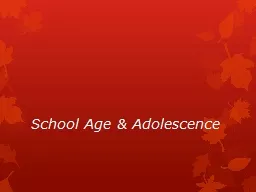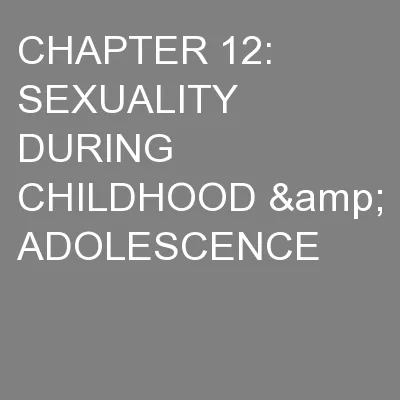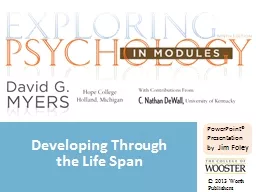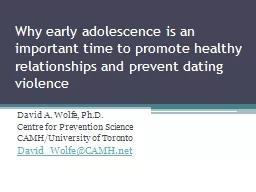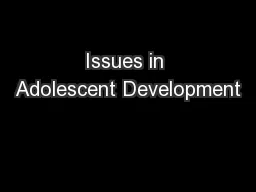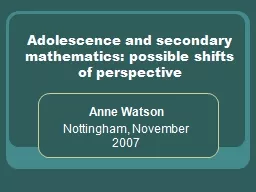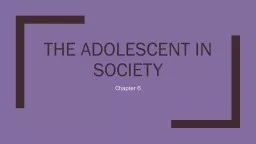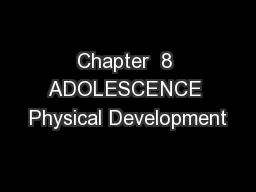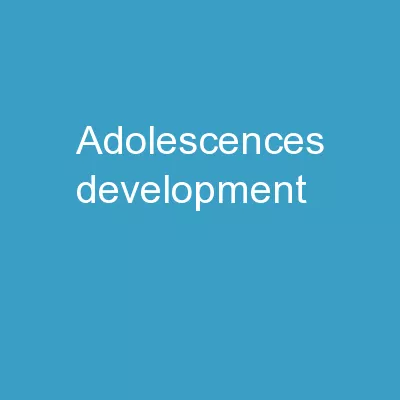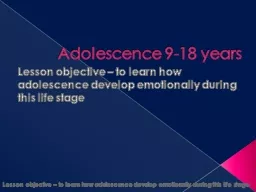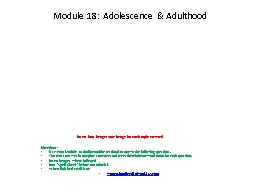PPT-School Age & Adolescence
Author : pasty-toler | Published Date : 2017-08-31
Latency or School Age711yr I Motor Development The normal gradeschool child 711 years of age engages in complex motor tasks eg playing football skip ropes II Social
Presentation Embed Code
Download Presentation
Download Presentation The PPT/PDF document "School Age & Adolescence" is the property of its rightful owner. Permission is granted to download and print the materials on this website for personal, non-commercial use only, and to display it on your personal computer provided you do not modify the materials and that you retain all copyright notices contained in the materials. By downloading content from our website, you accept the terms of this agreement.
School Age & Adolescence: Transcript
Download Rules Of Document
"School Age & Adolescence"The content belongs to its owner. You may download and print it for personal use, without modification, and keep all copyright notices. By downloading, you agree to these terms.
Related Documents

